Rhinoplasty, or esthetic and functional surgery of the nose, is one of the most common procedures in facial plastic surgery. Its objective is to modify the osseous and cartilaginous structure of the nose to improve both its appearance and functionality, achieving facial harmony.
This intervention can address aspects such as size, tip shape, nasal dorsum, the base of the nostrils, as well as correct congenital problems, trauma or breathing difficulties.Esta intervención puede abordar aspectos como el tamaño, la forma de la punta, el dorso nasal, la base de los orificios, así como corregir problemas congénitos, traumatismos o dificultades respiratorias.
Key features:
-
Advanced technique:
It is performed without nasal plugging and with state-of-the-art technology, such as ultrasonic scalpel.
-
Anesthesia:
General, lasting approximately 2-4 hours.
-
Recovery:
It requires 10 to 15 days, avoiding high impact activities, sun exposure and impacts on the area. Work incapacity is 8 days, and exercise can be resumed gradually after 6 weeks.
-
Natural results:
It is customized according to the patient's facial characteristics, age, skin and ethnic features, to achieve an aesthetic and balanced result that respects naturalness.
indications:
Rhinoplasty is suitable for those who wish to:
- Change the size or shape of the nose.
- Correct functional alterations such as respiratory distress.
- Improve facial symmetry and self-confidence.
Surgical procedure:
Internal incisions are made to keep them invisible, modifying bone and cartilage structures according to the surgical plan. When necessary, autologous biomaterials are used to reinforce the stability of the nasal bridge. Subsequently, an external splint is placed to protect the shape during healing.
Postoperative care:
- First days: Use of nasal splint for 5-7 days, application of cold compresses, and sleeping in a semi-sitting position.
- Restrictions: Avoid blowing your nose, and if you wear glasses, adjust their support so as not to press on the bridge of the nose.
- Sun exposure: Should be limited for at least three months.
Additional considerations:
- Recommended age: From 15-16 years of age, once facial growth is complete, except in cases of severe respiratory problems.
- Prior consultation: A detailed evaluation and a doctor-patient relationship based on realistic expectations is essential.
Rhinoplasty not only transforms the external appearance, but can also optimize respiratory health, improving the patient’s quality of life.
